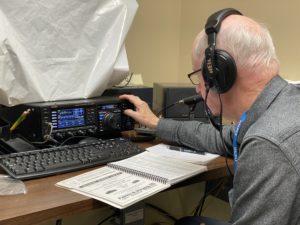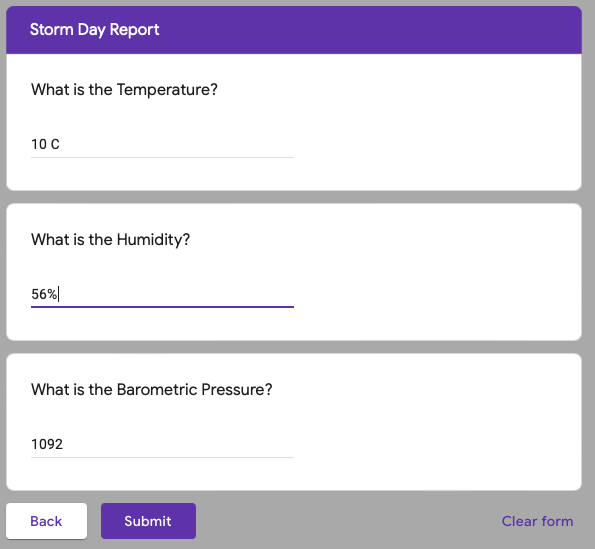Currently, the weather is collected from many interconnected sources and relies on sophisticated systems to function. If at any point, these systems failed, the methods of collecting data would stop, which would have a negative impact on weather forecasting and the emergency agency’s ability to interpret or analyze the data collected from these sources. To help solve this problem, weather services have embraced the amateur weather watcher at a local level with the CANWARN teams a crossed Canada.

These methods create so much of the best local raw data on weather, and it’s not scalable and very time-intensive. For example, the more users share weather station data, the longer it will take to gather the information being transmitted. When all the raw data is collected, it isn’t accessible to other agencies to interpret or analyze the data collected.
The more weather data you have, the better prepared you are for adverse weather events, proven throughout history. Currently, data is collected on a large scale with interconnecting systems, from weather satellites to grounds systems to weather balloons. Our current weather data system is complex and has many moving parts. If one of these systems fails, our ability to collect and interpret the weather would be impeded. The popularity of backyard personal weather stations that collect temperature, barometer, and humidity has grown in recent years. Still, the ability to collect and share this data has been a challenge without spending a large sum of money on weather equipment.

Historically, weather data has played a crucial role in many events in Canada and continues to impact communities, businesses, and governments. Having a robust backup system of amateur weather waters uploading data will increase the resilience of regions and help them better prepare plans and deal with weather events.
Stormday.ca is an online repository of weather data collected in a single decentralized database imputed via voice communication, email, or digital data input in real-time. This solution will create a simple method for owners to share their weather station data and help build a backup weather network database. Anyone on a decentralized server could access this data. They can be used to help Emergency Managers better understand the current weather and how it will impact the communities they serve when the standard weather collection system fails.
The server collects four data points Time, Temperature, Barometric Pressure, and Humidity. Then will output the data on the website so that each user’s weather data from their station is shown and then merge it into a profile that offers a larger region. On the website, Stormday.ca, users can see real-time updates of weather present in graphic form to show trends and in raw for to be downloaded and added to their working models.